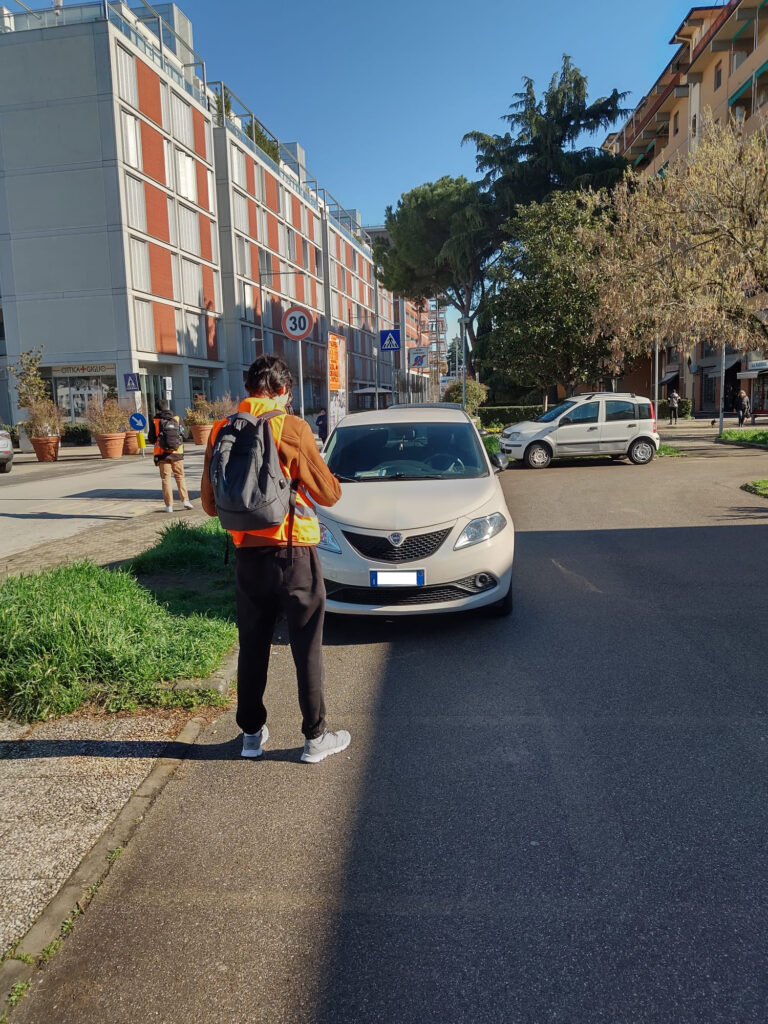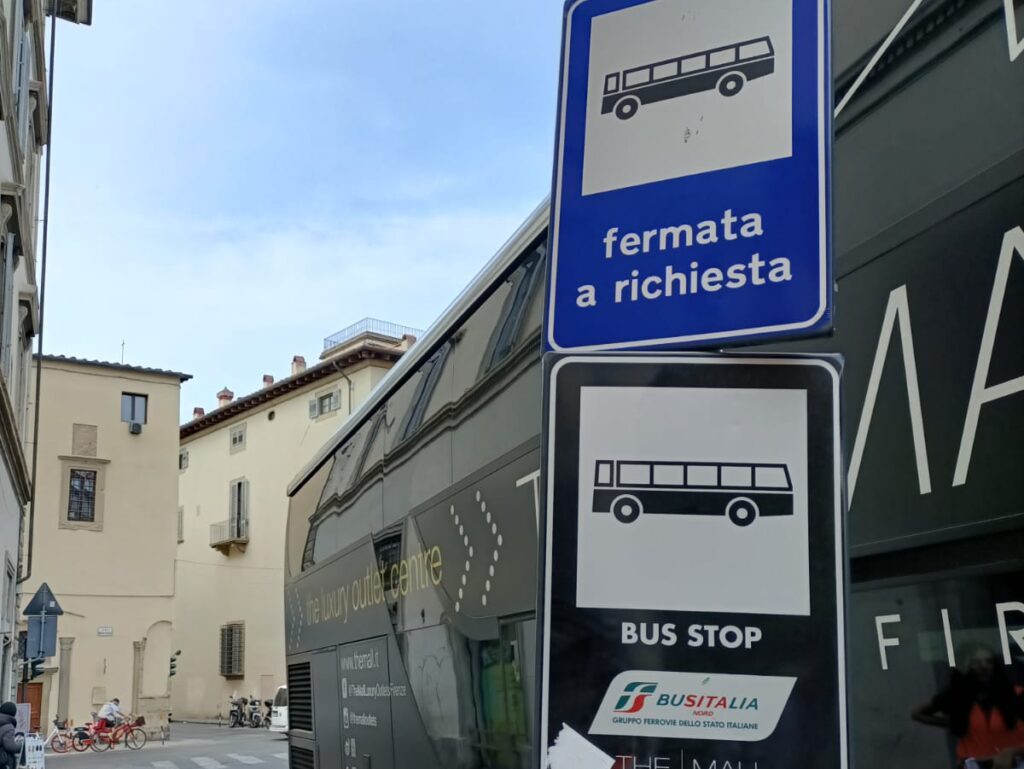The Mobility Surveys as Seen… by the Interviewers
One of TPS’s core businesses is related to surveys, whether they are traffic surveys, surveys on private transportation, surveys on public transportation, or parking surveys: everything that can be assessed using tools, questionnaires, and counts.
Over the years, we have built a diverse team of surveyors and interviewers whom we engage as needed and can deploy in various parts of Italy: from Bolzano to Florence passing through Venice.
For the Metropolitan City of Florence, in particular, we conducted two surveys related to local public transportation, one in May 2022 and one in December 2022, in which we monitored the number of users and trips of the regional public transportation system. We decided to interview two of the surveyors themselves to investigate the validity of the method and gather feedback and insights from those who, in practice, work on data collection.

Foto scattata durante un rilievo della sosta compiuto a Scandicci (FI)
We talked to Lorenzo and Virginia, who participated in both survey campaigns: in the first one, they had to count passengers boarding and alighting according to an assigned list of routes and trips, while in the second one, they also had to administer a questionnaire asking about the type of pass and the route taken. The first consideration, after listening to their reports, is related to the questionnaire. Offering a questionnaire to passengers alighting had profoundly different outcomes compared to offering it to those boarding. Predictably, those who are about to take public transportation are in a state of agitation, concerned about potentially missing their ride, which doesn’t encourage dialogue, while those who have already taken the trip are more predisposed to conversation. In fact, Lorenzo’s experience is of people willing to share so much that the questionnaire turned out to be… too short! The right strategy to obtain a good number of interviews (an average of 20 per day) is, according to Virginia, to intercept alighting passengers with a friendly approach.
The questionnaire can also be specifically designed for alighting passengers, with a different approach for boarding passengers: QR codes on buses for regular commuters, posters at stops, interview sessions at transportation hubs in the area, not just in the city center.
The second consideration concerns perception. Lorenzo and Virginia started from opposite conditions, one being a sporadic user of the metropolitan public transportation and the other being a frequent traveler on a particular route; yet, both of them, after the shared experience, stated that they observed a significant use of public transportation for both systematic and touristic trips, with a service better than expected, although still not optimal, especially regarding the services offered at stops, even if this was not apparent from the questionnaire responses. The user’s perspective is therefore distant from that of a third-party observer: it is essential to work on the gap between perception and reality during participation moments, based on the results of both quantitative and qualitative analyses.
Finally, we asked Lorenzo and Virginia for three useful tips for those facing a survey campaign for the first time:
- Dress in layers, with thermal clothing in winter
- Don’t get distracted during breaks; buses never arrive when you expect them to
- Arm yourself with patience and courage and talk to everyone without fear.


 Download PDF
Download PDF